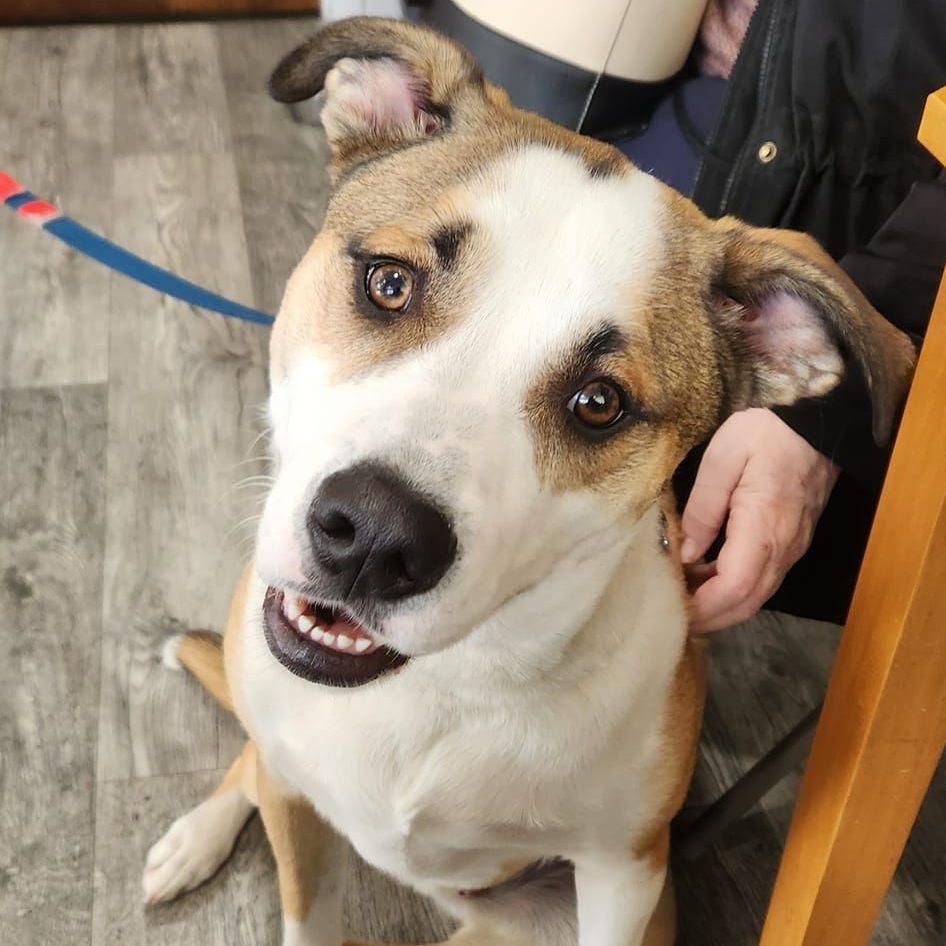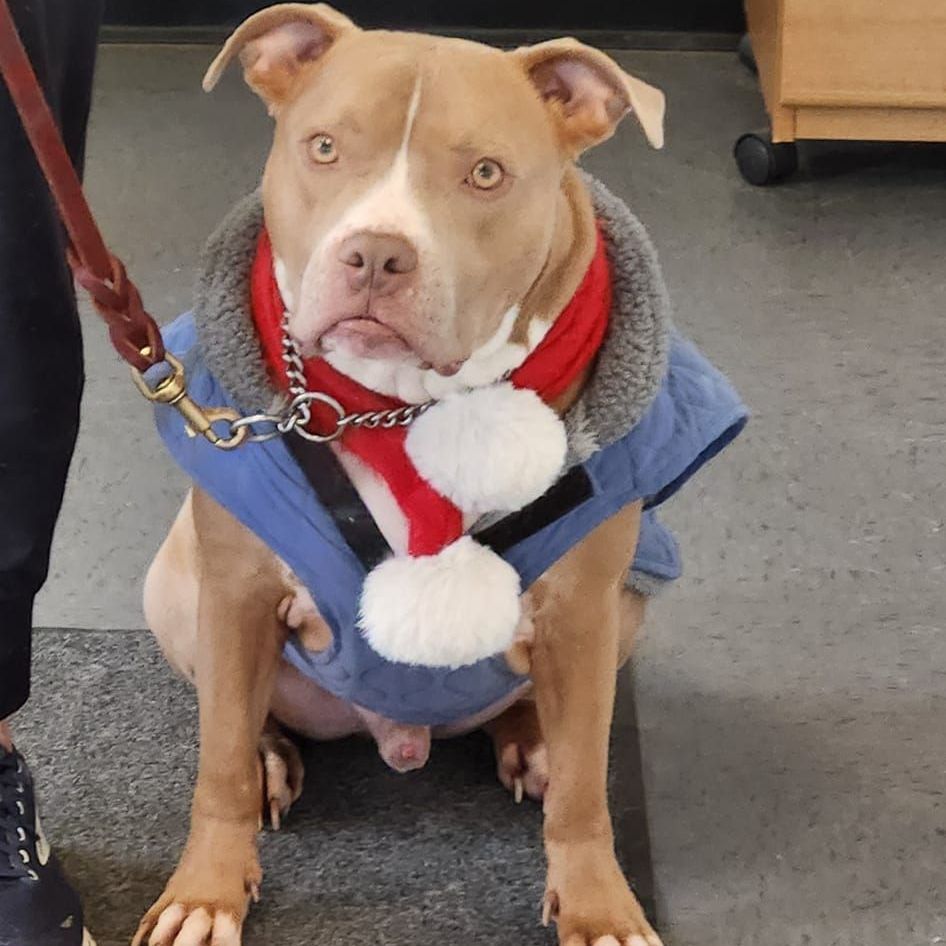Beyond Tricks: The Heart of Professional Dog Training
Sue Battel, Certified Behavioral Trainer
Over the course of my lifetime calling as a dog trainer, I've dedicated my life to helping people connect with their dogs on a deeper level. My passion for animals and a strong belief in the power of positive reinforcement have guided my approach from the very beginning. I've witnessed firsthand the transformative power of training, not just for the dog, but for the entire human-animal bond.
The Evolution of Training Methods
In my experience, I've seen a wide range of training methods emerge, from the "newer" techniques like "Touch," "Focus," or "Place" to the more extreme methods involving harsh electric shock collars. While some methods may achieve quick results, I believe that many of these approaches can have a detrimental impact on the dog's emotional well-being.
- Fear-Based Training: Methods that rely on fear and punishment can create anxiety and fear in dogs, leading to long-term behavioral issues and breaking the bond of trust.
- Trick Training: While teaching tricks can be fun, it's important to remember that true professional dog training focuses on building a strong foundation of communication and trust between dog and owner.
My Approach: Connection and Collaboration
Based on my decades of experience and a deep understanding of canine behavior, I have developed my own unique training methods. My focus is on building a strong connection between dog and owner, fostering a relationship based on trust, respect, and mutual understanding.
- Positive Reinforcement: I believe in using positive reinforcement techniques, such as rewards and praise, to motivate and encourage desired behaviors.
- Real-Life Scenarios: My training emphasizes real-life scenarios, helping dogs and their owners navigate everyday challenges like walking on a leash, meeting new people, and responding to distractions.
- Building a Strong Bond: I strive to create a supportive and collaborative environment where both dog and owner can learn and grow together.
A Holistic Approach to Dog Training
In my experience, professional dog training is about more than just teaching the dog to sit and stay. It's about building a strong bond, improving communication, and enhancing the overall quality of life for both dog and owner.
- Addressing Emotional Needs: I recognize that our own emotions and experiences can impact our dogs' behavior. I work with my clients to address any underlying emotional issues that may be affecting their dog's well-being.
- Holistic Approach: I take a holistic approach to dog care, considering factors such as diet, exercise, and environmental enrichment.
Building a Community
I believe in creating a supportive community for my clients. I am always available to answer questions, offer guidance, and provide support throughout their training journey.
More Than Just Training: A Journey of Growth
My journey as a dog trainer has been a deeply rewarding experience. I have not only grown as a trainer but also as a person. Working with dogs and their owners has taught me invaluable lessons about compassion, patience, and the power of love.
I am grateful for the opportunity to work with my clients and to be a part of their journey. I believe that by working together, we can create a brighter future for dogs and their families.
Share the Learning:



